As someone who’s spent over a decade in the commercial kitchen industry, managing restaurants and consulting for foodservice businesses, I’ve seen firsthand how equipment choices impact the bottom line. One question that keeps popping up from restaurant owners, chefs, and catering managers is whether commercial induction cookers can genuinely save money compared to traditional gas or electric stoves. It’s a fair question—kitchens are resource-intensive, and every penny counts when you’re running a tight operation. Let’s dive into the nitty-gritty of induction cooking, break down the costs, and explore whether making the switch could lighten the financial load for your business.
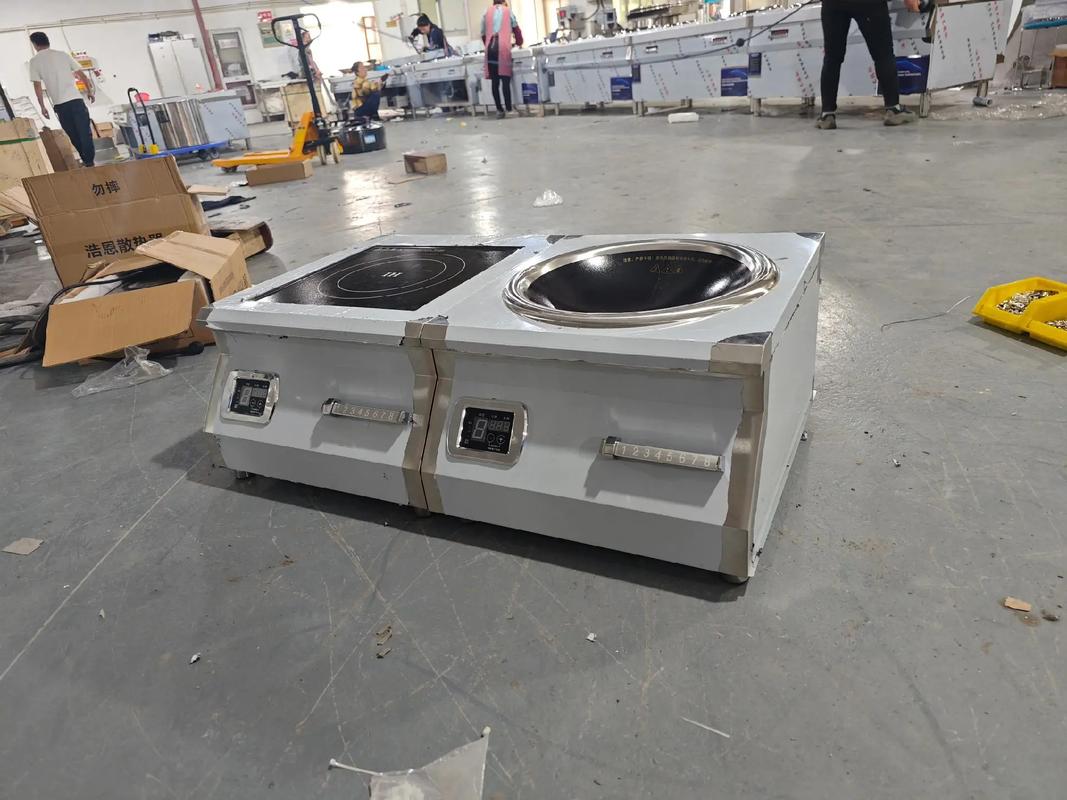
Why Consider Induction Cookers?
When I first encountered induction cookers in a bustling hotel kitchen years ago, I was skeptical. They looked sleek, almost too modern, and I wondered if they could handle the demands of a high-volume operation. But after years of testing and implementing them in various setups, I’ve come to appreciate their efficiency and precision. Unlike gas or electric stoves, induction cookers use electromagnetic fields to heat cookware directly, which means less wasted energy and faster cooking times. But does this translate to real savings? Let’s explore the key factors.
Energy Efficiency: The Core Advantage
One of the biggest draws of induction cookers is their energy efficiency. Traditional gas stoves lose a significant amount of heat to the surrounding air—think of the flames licking around the sides of a pan. Electric resistance stoves aren’t much better, as they heat up slowly and retain heat long after you’ve turned them off. Induction, on the other hand, transfers energy directly to the cookware, with minimal loss.
In my experience, induction cookers can be up to 90% energy efficient, compared to gas stoves (around 40%) and traditional electric stoves (around 70%). This means you’re using less electricity to achieve the same results, which can add up significantly in a commercial kitchen where burners are running for hours daily.
To put this into perspective, consider a medium-sized restaurant with a daily energy consumption of 500 kWh for cooking. If electricity costs $0.15 per kWh, switching to induction could reduce energy use by 20-30%, saving $1,800 to $2,700 annually on electricity alone. These numbers depend on your kitchen’s scale, but the savings are undeniable.
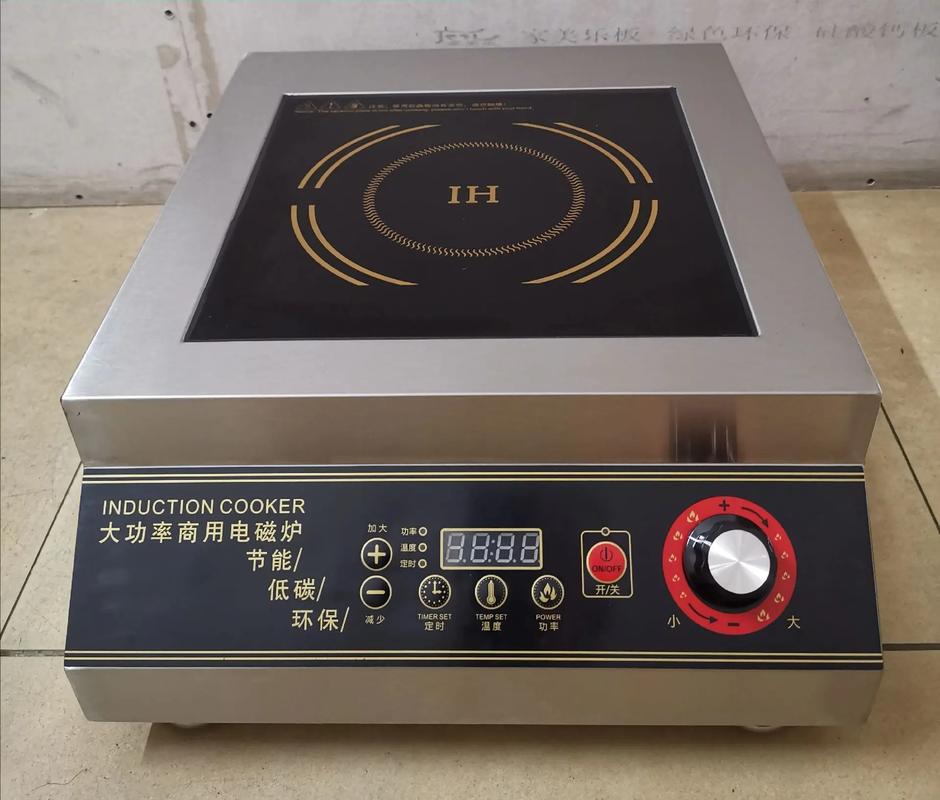
Faster Cooking, Lower Labor Costs
Time is money in a kitchen. Induction cookers heat up almost instantly and allow precise temperature control, which means dishes get cooked faster. In one of my consulting projects, a busy café switched to induction ranges and cut prep times for certain dishes by 15-20%. This meant staff could handle more orders without needing extra hands, effectively reducing labor costs.
For example, boiling water on an induction cooker can take half the time compared to a gas stove. In a high-pressure environment like a catering service, this speed translates to quicker turnaround times and happier customers. Over time, these small efficiencies compound, freeing up staff to focus on other tasks or reducing the need for overtime.
Maintenance and Longevity
Another area where induction shines is maintenance. Gas stoves require regular cleaning of burners and gas lines, and they’re prone to wear and tear from constant flame exposure. Electric stoves have coils that can burn out or crack. Induction cookers, with their smooth, flat surfaces, are easier to clean and have fewer moving parts, which means lower maintenance costs.
In one restaurant I worked with, the annual maintenance budget for gas stoves was around $2,000, covering repairs and part replacements. After switching to induction, they reported spending less than $500 annually on upkeep. Plus, induction units tend to have a longer lifespan—I’ve seen units last over a decade with proper care, compared to gas stoves that often need major repairs after 5-7 years.
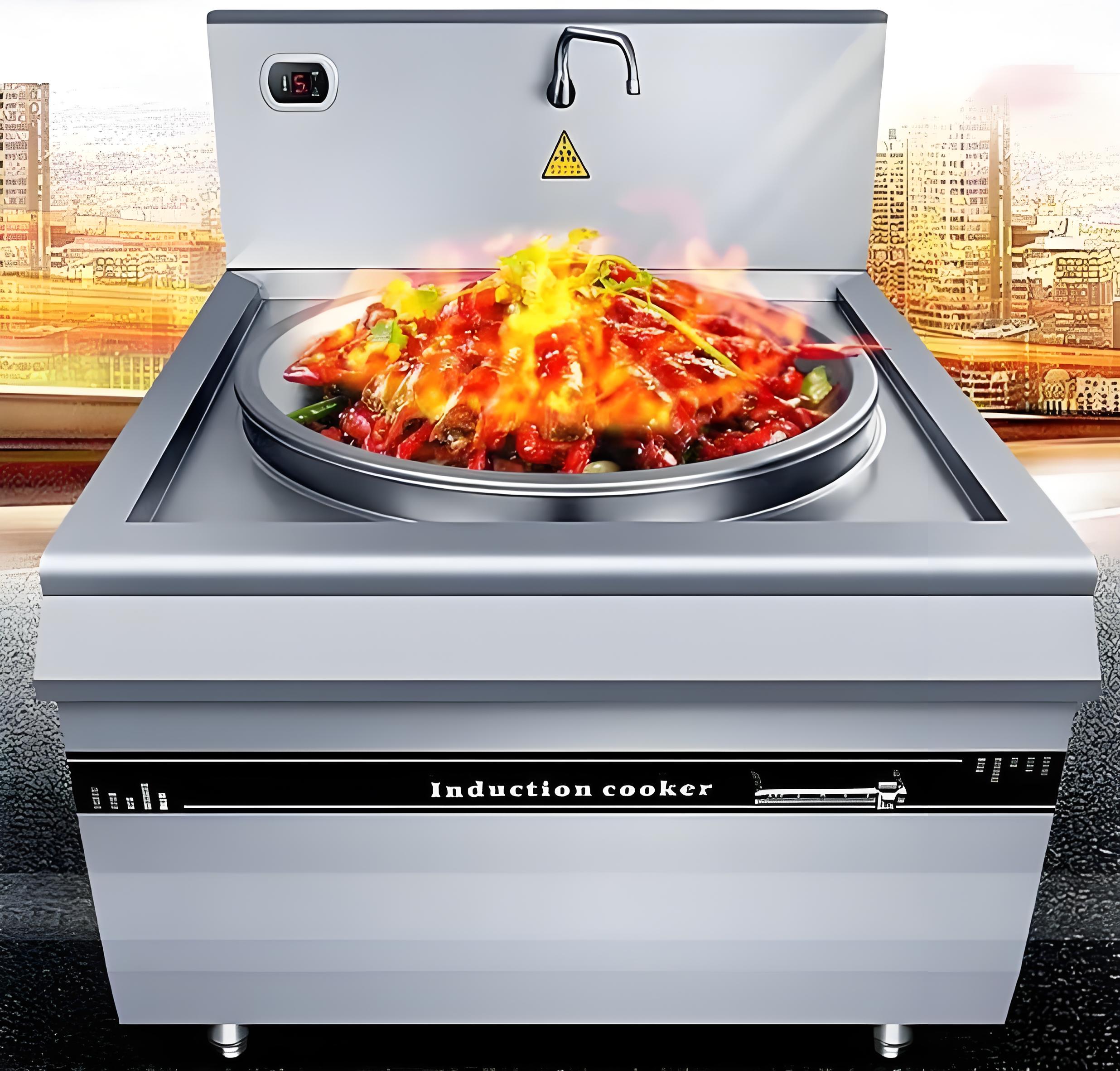
Safety and Reduced Overhead
Safety is a big deal in commercial kitchens, and induction cookers offer a safer alternative to open flames or hot coils. There’s no risk of gas leaks, and the cooking surface stays relatively cool, reducing burn injuries. This can lower insurance premiums and workers’ compensation claims, which are often a hidden cost for restaurants.
I recall a client who faced skyrocketing insurance costs after a minor kitchen fire caused by a gas stove. After transitioning to induction, their insurer offered a discount, shaving off $1,200 annually. It’s not a massive sum, but in an industry with tight margins, every bit helps.
Breaking Down the Costs: A Comparison
To make this practical, let’s look at a side-by-side comparison of operating costs for a medium-sized commercial kitchen using different cooking technologies. The table below assumes a kitchen operating 12 hours daily, 360 days a year, with an electricity rate of $0.15 per kWh and a natural gas rate of $1.00 per therm.
|
Cooking Method |
Energy Cost (Annual) |
Maintenance Cost (Annual) |
Total Estimated Cost (Annual) |
|---|---|---|---|
|
Gas Stove |
$7,200 (720 therms) |
$2,000 | $9,200 |
|
Electric Stove |
$6,750 (45,000 kWh) |
$1,500 | $8,250 |
|
Induction Cooker |
$4,800 (32,000 kWh) |
$500 | $5,300 |
Note: Costs are estimates based on average usage and may vary depending on kitchen size, menu, and local utility rates.
This table shows that induction cookers could save a kitchen $3,900 to $3,950 annually compared to gas or electric stoves. Over five years, that’s nearly $20,000—enough to invest in new equipment or offset other expenses.
The Upfront Investment: Is It Worth It?
Now, let’s address the elephant in the room: initial costs. Commercial induction cookers aren’t cheap. A high-quality single-burner unit can cost $1,500 to $3,000, while a multi-burner range might run $5,000 or more. Compare that to a gas range, which might cost $2,000-$4,000, and it’s clear you’re paying a premium upfront.
However, I’ve seen businesses recoup this investment faster than expected. In one case, a catering company invested $12,000 in induction ranges. With energy and maintenance savings, they broke even in just over two years. After that, the savings went straight to their bottom line. If you’re planning to operate for the long haul, the return on investment (ROI) makes induction a compelling choice.
You’ll also need compatible cookware (made of ferromagnetic materials like cast iron or stainless steel), which can add to the upfront cost if your current pots and pans aren’t suitable. In my experience, most commercial kitchens already have compatible cookware, but it’s worth checking before making the switch.
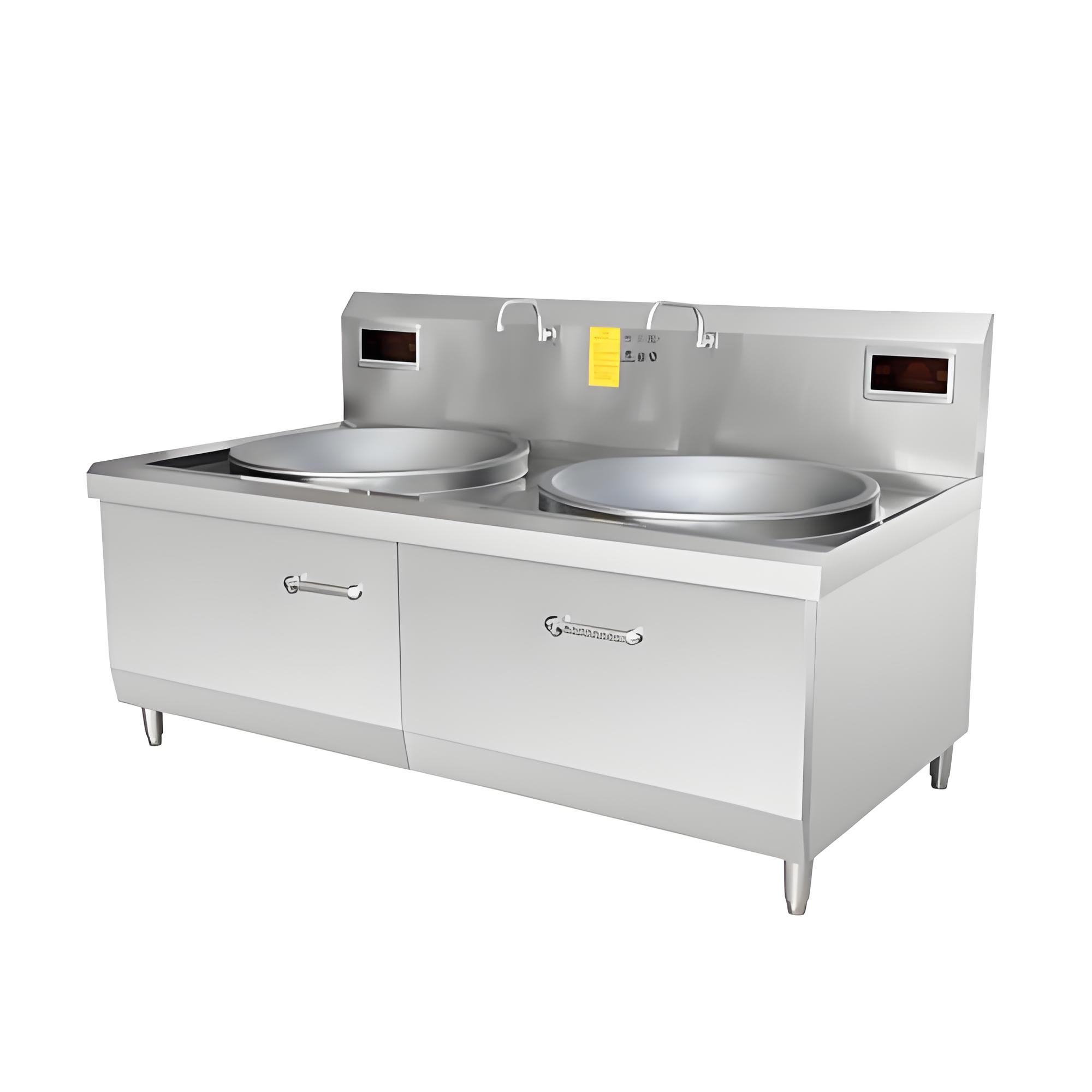
Hidden Benefits: Beyond the Numbers
While the financial savings are clear, induction cookers offer other advantages that indirectly impact costs. For instance, improved kitchen environment—induction cookers produce less ambient heat, keeping the kitchen cooler and reducing air conditioning costs. In a hot, busy kitchen, this also means happier staff, which can lower turnover rates.
Then there’s the sustainability angle. Customers today care about eco-friendly practices, and induction’s lower energy consumption aligns with green initiatives. I’ve worked with restaurants that marketed their induction kitchens as part of their sustainability efforts, attracting environmentally conscious diners and boosting revenue.
Challenges to Consider
No solution is perfect, and induction cookers have their drawbacks. The initial cost can be a barrier for small businesses or startups with tight budgets. Additionally, induction requires a reliable power supply. If your area experiences frequent outages, you’ll need a backup plan, as gas stoves can still function during power cuts if you have a manual ignition.
There’s also a learning curve. Chefs used to gas flames might need time to adjust to induction’s precise controls. I’ve seen kitchens where staff initially resisted the change, but after a week of training, most were converts, appreciating the speed and consistency.
Real-World Examples
To ground this in reality, let me share a couple of stories from my career. A mid-sized bistro I consulted for was struggling with high utility bills—around $1,500 a month for gas alone. After switching to induction, their bills dropped to $900, and they reported fewer maintenance headaches. The owner used the savings to upgrade their dining area, which brought in more customers.
Another client, a high-end catering service, switched to portable induction units for off-site events. Not only did they save on fuel costs (no more propane tanks), but the sleek units impressed clients, giving them a competitive edge in a crowded market.
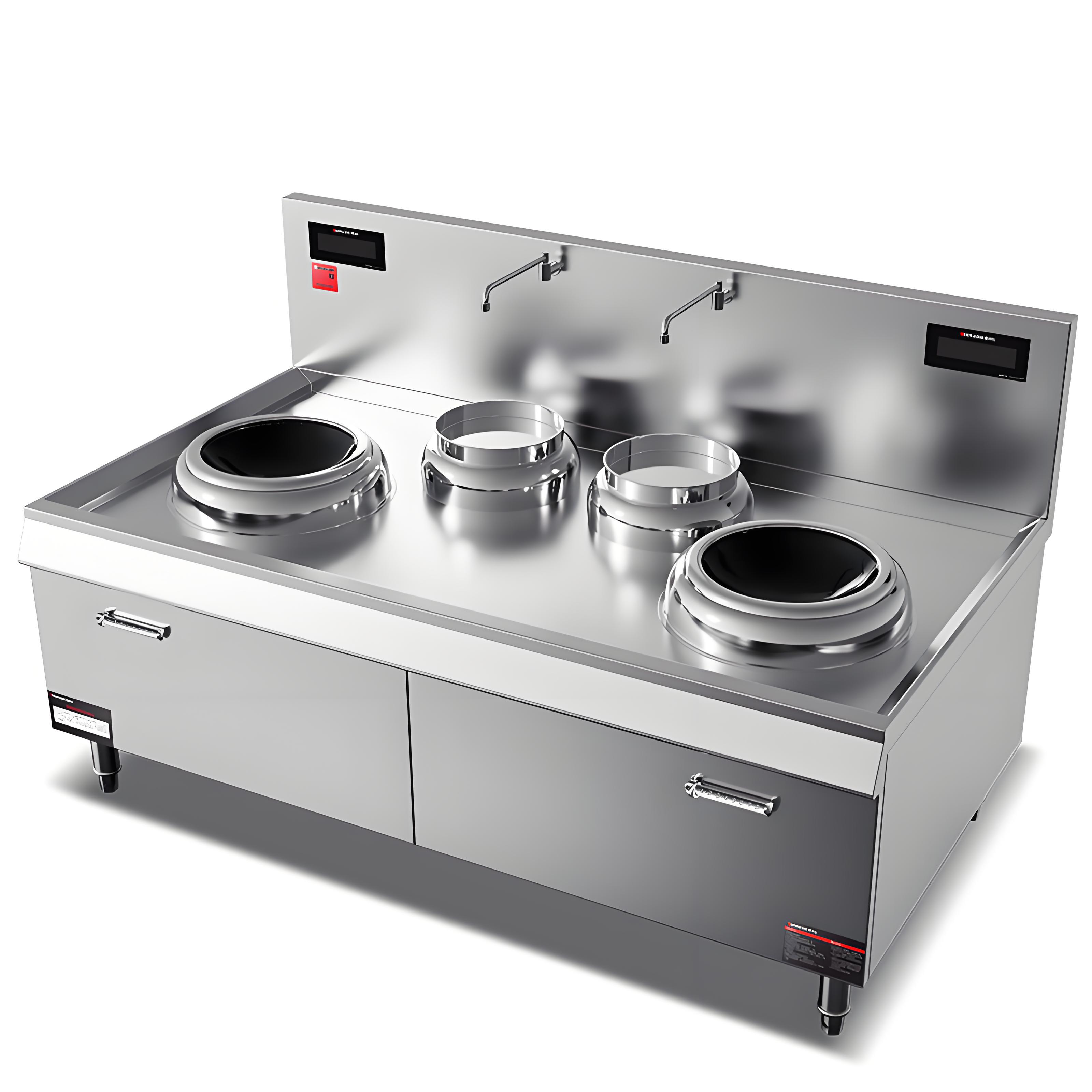
Making the Switch: Practical Tips
If you’re considering induction, here’s how to make it work:
Assess Your Needs: Evaluate your kitchen’s cooking volume and menu. High-volume kitchens benefit most from induction’s speed and efficiency.
Check Your Power Supply: Ensure your electrical system can handle the load. Some older buildings may need upgrades.
Invest in Quality: Cheap induction units may save money upfront but can lack durability. Brands like Vollrath or True Induction are worth the investment.
Train Your Staff: A short training session can help chefs adapt to induction’s controls and maximize its benefits.
Start Small: If the upfront cost is daunting, try a single induction burner for specific tasks before committing to a full range.
Wrapping Up
After years of working with all kinds of kitchen setups, I can say with confidence that commercial induction cookers are a game-changer for many businesses. The combination of energy savings, lower maintenance, faster cooking, and improved safety makes them a smart choice for reducing operating costs. While the upfront investment requires careful planning, the long-term savings and operational benefits often outweigh the initial hit.
Every kitchen is different, so take the time to crunch the numbers for your specific operation. If you’re running a high-volume restaurant, catering service, or institutional kitchen, the switch to induction could be one of the best decisions you make for your bottom line and your team’s workflow.

Related Questions and Answers
Q: Are induction cookers suitable for all types of cuisine?
A: Induction cookers work well for most cuisines, especially those requiring precise temperature control, like sauces or delicate dishes. However, for techniques like wok cooking that rely on open flames for flavor (e.g., wok hei), gas might still be preferred. Many kitchens use a hybrid setup to balance both.
Q: How do I know if my cookware is induction-compatible?
A: Check if a magnet sticks to the bottom of your cookware. If it does, it’s likely ferromagnetic and will work with induction. Cast iron and most stainless steel pans are usually compatible.
Q: Can induction cookers handle heavy-duty commercial use?
A: Absolutely. Modern commercial induction units are built for high-volume kitchens. I’ve seen them thrive in restaurants serving hundreds of covers daily, with no issues handling constant use.
Q: What if my kitchen has limited electrical capacity?
A: You may need to consult an electrician to upgrade your system. Alternatively, start with portable induction units, which require less power and can be integrated gradually.




